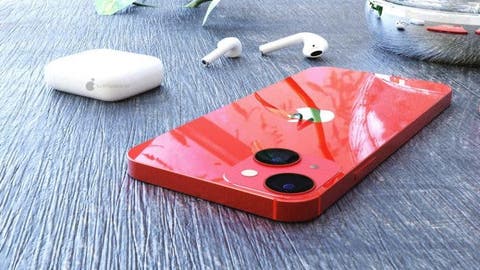According to recent reports, Samsung Display and LG Display have begun to produce OLED panels for Apple’s iPhone 13. This is one month ahead of the production timing of last year’s iPhone 12 series. This year, the global pandemic has eased compared to the same period last year. This means that the production task can now proceed according to schedule. With this timing, we expect the iPhone 13 series to arrive on time. These smartphones should launch in September or October this year.
Insiders report claims that Samsung started production in mid-May. The South Korean company commenced the deposition process of organic materials a week earlier than LG. After the display assemblage, Samsung’s first batch was 10 days ahead of LG’s.
According to the previous reports, Samsung Display plans to produce 80 million OLED screens for the iPhone 13. In addition, LG will produce 30 million. Furthermore, the next-generation iPhone 13 Pro (Max) model will use Samsung’s LTPO panel. This display supports a 120Hz refresh rate. The LTPS panel produced by LG will be used in the lower iPhone 13, 13 mini models. If the iPhone 12 series is added, Samsung Display is expected to supply approximately 120 million-13 OLED panels for Apple mobile phones in 2021. For LG, it will supply approximately 50 million.
Chinese manufacture, BOE, failed to enter Apple’s supply chain. However, the company will still produce iPhone 13 displays. These displays will be used for replacement and maintenance purposes.
iPhone 13 speculations
According to reports, the iPhone 13 series display will usher in a breakthrough. This series will use a 120Hz adaptive refresh rate screen. The display will use a smart screen refresh rate adjustment (1 – 120Hz) relative to the screen content. This means that when you are playing high demanding games, the screen will automatically set the refresh rate to 120Hz. However, if you are reading text messages, it will greatly lower the screen refresh rate. This feature automatically saves the battery of the device. The iPhone 13 will be the first iPhone to use a screen refresh rate above 60Hz.
In addition, there are speculations that this smartphone will use a dual unlocking scheme. This means that it will support both Face ID and Touch ID. This is the first time that Touch ID will be returning to the iPhone after many years. Furthermore, the iPhone 13 series will come with Apple’s new A15 bionic processor. It will also support Wi-Fi 6E technology and upgrades in the camera sensor. This series will use a new ultra-wide-angle lens, from 5P (f/2.4 ) and fixed focus (FF) upgraded to 6P (f/1.8).
Follow Gizchina.com on Google News for news and updates in the technology sector.
